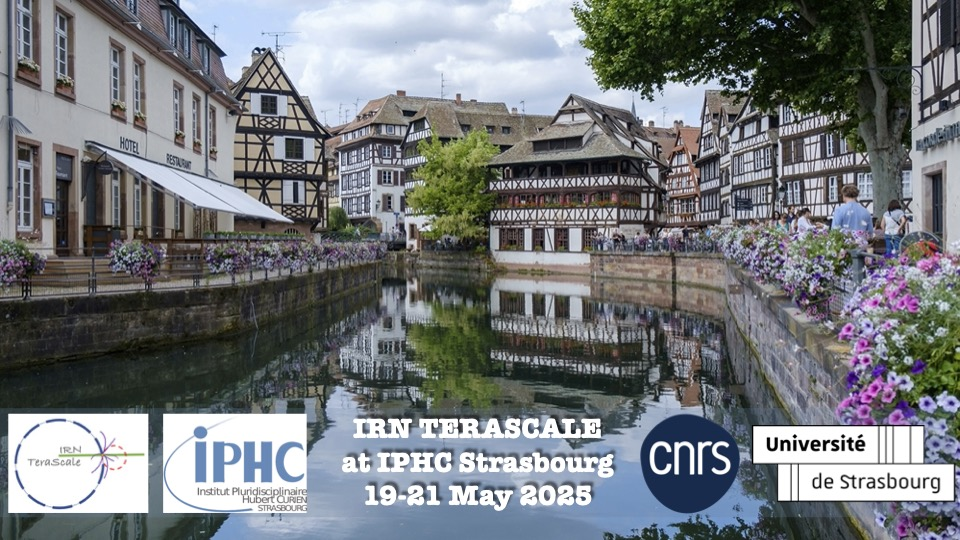Keeping the gauge symmetry manifest in the two-Higgs doublet model (THDM)
has turned out to be very powerful. Stability, electroweak-symmetry breaking, basis transformations, and general symmetries can be studied concisely in terms of gauge-invariant bilinears for any THDM Higgs potential. Recently, the formalism has been extended to the complete model, including the gauge and Yukawa sectors,...
One of the LHC's priorities, following the discovery of the Higgs boson, is to observe the production of Higgs pairs and to measure the Higgs tri-linear coupling $\lambda_{3H}$.
Due to the rarity of di-Higgs production, measuring $\lambda_{3H}$ has proven to be highly challenging. Exclusion limits have been observed using a variety of approaches, including cut-based methods and boosted...
The production of a top–antitop quark pair in association with a W boson (${t\bar{t}}W$) is a dominant background in several measurements of rare processes, such as $t\bar{t}H$ and four-top ($t\bar{t}t\bar{t}$) production, as well as in searches for physics beyond the Standard Model. The precision, accuracy, and modeling of the ${t\bar{t}}W$ process represent a major limitation in the...
In the study of the rare $H \to Z \gamma$ process, both ATLAS and CMS collaborations reported an excess with $\mu = 2.2 \pm 0.7$ in the number of events. Initially, this was interpreted as a modification of the $HZ\gamma$ vertex. However, the $H \to Z \gamma$ process is reconstructed from the $H \to \ell \ell \gamma$ final state, and background contributions were previously neglected. In this...

